Home>Garden Essentials>How To Start Succulent Seeds
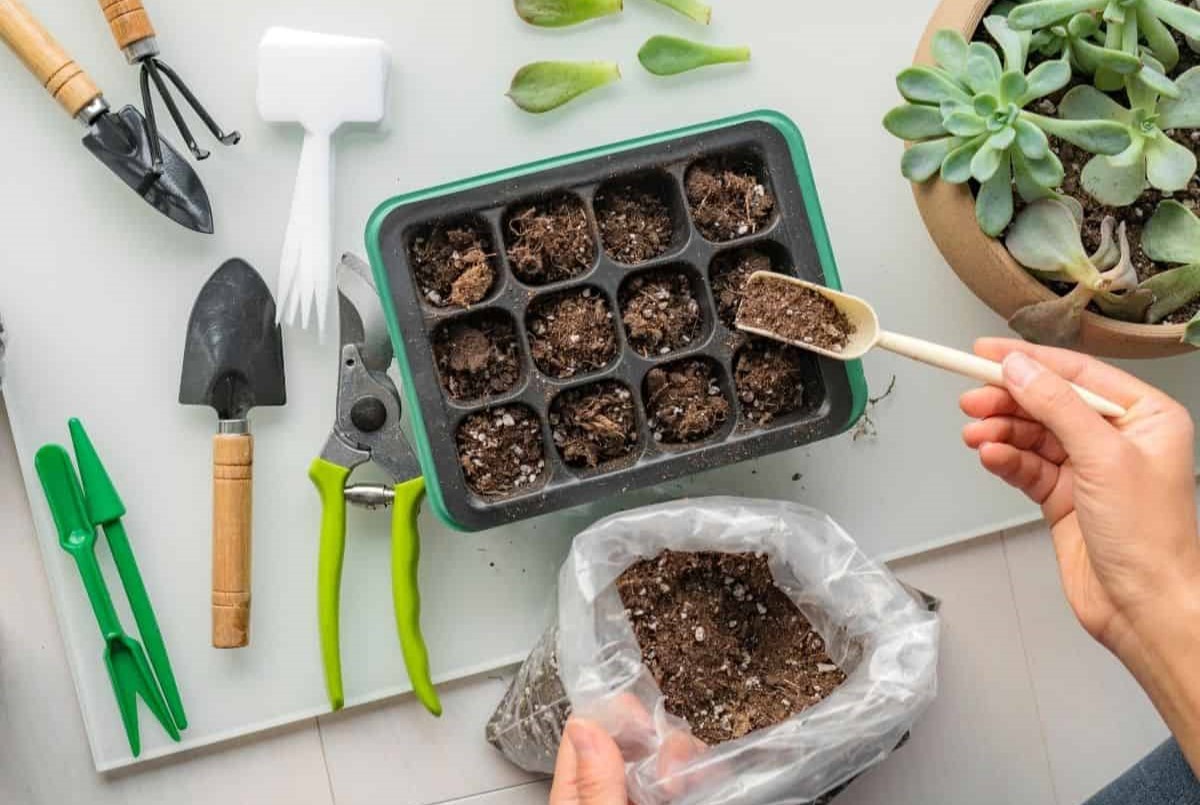

Garden Essentials
How To Start Succulent Seeds
Modified: September 1, 2024
Learn how to start succulent seeds in your garden and grow beautiful and unique plants from scratch. Discover the secrets to success in this comprehensive guide.
(Many of the links in this article redirect to a specific reviewed product. Your purchase of these products through affiliate links helps to generate commission for Storables.com, at no extra cost. Learn more)
Introduction
Growing succulents from seeds can be a rewarding and fulfilling experience for gardeners of all levels. It allows you to witness the entire lifecycle of these fascinating plants, from the tiny seeds to establishing healthy seedlings. Whether you’re a seasoned gardener looking for a new challenge or a beginner wanting to try your hand at succulent cultivation, starting succulent seeds is an exciting endeavor that can bring joy and satisfaction.
While many succulent enthusiasts prefer propagating their plants through cuttings or offsets, growing succulents from seeds offers a unique opportunity to experiment with a wide variety of species and hybrids that may not be readily available as established plants. It also allows for the preservation and conservation of rare and endangered species, making it an essential practice for succulent conservationists.
Before you embark on your succulent seedling journey, it’s important to understand the specific requirements and techniques involved in successfully growing succulent seeds. In this comprehensive guide, we’ll take you through the step-by-step process of starting succulent seeds, from gathering the necessary materials to providing proper care and maintenance for the growth of healthy seedlings.
So, if you’re ready to dive into the captivating world of succulent seeds, grab your gardening tools and let’s get started on this rewarding and fulfilling journey!
Key Takeaways:
- Starting succulent seeds is a rewarding journey that allows you to witness the entire lifecycle of these unique plants, from tiny seeds to mature, beautiful succulents.
- Patience is key when growing succulent seeds. Pay close attention to their specific needs, provide proper care, and enjoy the process of nurturing them into thriving plants.
Read more: How To Germinate A Succulent
Step 1: Gather the Necessary Materials
Before you begin sowing your succulent seeds, it’s essential to gather all the necessary materials to ensure a successful germination and growth process. Here’s a list of items you’ll need:
- Succulent Seeds: Choose a variety of succulent seeds that you’d like to grow. There are countless options available, ranging from popular species like Echeveria and Sedum to more rare and exotic varieties.
- Pots or Seed Trays: Select small pots or seed trays that have proper drainage holes. It’s crucial to use containers that allow excess water to drain out to prevent the roots from sitting in water and rotting.
- Seed Starting Mix: Use a well-draining seed starting mix that’s specifically formulated for succulents. Avoid regular potting soil, as it tends to hold too much moisture, which can be detrimental to succulent seedlings.
- Watering Can or Spray Bottle: A watering can with a fine spout or a spray bottle will be needed to water your succulent seeds gently.
- Cover or Plastic Wrap: Depending on your preference, you can use a clear cover or plastic wrap to create a mini greenhouse effect, helping to retain moisture and create a warm environment for seed germination.
- Grow Lights or a Sunny Window: Succulent seeds require proper lighting for germination and growth. If you don’t have access to sufficient natural light, consider using grow lights to provide the necessary brightness and warmth.
- Misting Bottle: Succulent seeds need to be kept consistently moist during germination. Use a misting bottle to gently spray water on the seeds without disturbing them.
Once you have gathered all the materials listed above, you’re ready to move on to the next step: preparing the planting medium. Having everything on hand will make the process smoother and more enjoyable, ensuring that you have everything you need to give your succulent seeds the best chance at thriving.
Step 2: Prepare the Planting Medium
The planting medium, also known as the seed starting mix, plays a crucial role in the successful germination and growth of succulent seeds. It provides the necessary nutrients, drainage, and aeration for the developing seedlings. Follow these steps to prepare the ideal planting medium for your succulent seeds:
- Choose a Well-Draining Medium: Succulents thrive in well-draining soil that doesn’t hold excess moisture. If you prefer to make your own seed starting mix, combine equal parts of coarse sand, perlite or pumice, and a well-draining potting mix specifically formulated for succulents.
- Sterilize the Planting Medium: To prevent the growth of harmful fungi or bacteria, it’s recommended to sterilize the planting medium before use. Place the mixture in an oven-safe container and bake it at around 180°F (82°C) for 30 minutes. Allow it to cool completely before using it.
- Fill the Pots or Seed Trays: Fill your pots or seed trays with the prepared planting medium, leaving a small gap at the top to account for watering.
Ensuring that the planting medium is well-draining is essential for preventing waterlogged conditions, which can lead to root rot and other diseases. By following these steps, you can create an ideal environment for your succulent seeds to germinate and establish strong roots.
Once you have prepared the planting medium, you’re ready to move on to the next step: sowing the succulent seeds. With the appropriate planting medium in place, your seeds will have the best chance of developing into healthy seedlings.
Step 3: Sow the Succulent Seeds
Now that you have your planting medium prepared, it’s time to sow the succulent seeds. Follow these steps to ensure proper sowing and give your seeds the best chance to germinate and grow:
- Moisten the Planting Medium: Before sowing the seeds, lightly moisten the planting medium. This will create a favorable environment for seed germination.
- Scatter the Seeds: Sprinkle the succulent seeds evenly over the surface of the planting medium. Depending on the size of the seeds, you may need to use a tweezer or a toothpick to gently place them on the surface of the soil.
- Do Not Cover the Seeds: Unlike other types of seeds, succulent seeds require light for germination. Do not cover the seeds with soil. Instead, press them lightly into the surface of the planting medium using the back of your hand or a clean, flat object like a piece of cardboard.
- Mist the Seeds: Using a misting bottle, mist the surface of the planting medium until it’s evenly moist. Avoid creating puddles or soaking the soil, as this can lead to rotting. Moisture is necessary for succulent seed germination, but too much can be harmful.
- Cover the Containers: If you’re using clear covers or plastic wraps, place them loosely over the containers to create a tiny greenhouse effect. This helps retain moisture and create a warm environment for quicker germination.
- Provide Consistent Warmth and Light: Place the containers in a warm, bright location with indirect sunlight or under grow lights. Succulent seeds need a temperature range of 70°F to 80°F (21°C to 27°C) for optimal germination.
It’s important to note that succulent seeds can take anywhere from a few days to several weeks to germinate, depending on the species and growing conditions. Be patient and avoid disturbing the seeds during this time. Monitor the moisture level and ensure they receive adequate light and warmth.
Once your succulent seeds have germinated, it’s time to move on to the next step: providing proper care and maintenance for the growing seedlings. This will help them establish strong roots and develop into healthy succulent plants.
Step 4: Provide Proper Care and Maintenance
Once your succulent seeds have germinated and the seedlings have emerged, it’s crucial to provide them with proper care and maintenance to ensure their healthy growth. Follow these steps to give your succulent seedlings the best chance of thriving:
- Remove the Cover: After the seedlings have emerged, remove the clear cover or plastic wrap from the containers. Allowing for proper air circulation will help prevent damping-off disease and promote stronger growth.
- Provide Adequate Light: Place your seedlings in a location with bright, indirect sunlight for at least 6-8 hours a day. If you’re using grow lights, keep them on for 12-16 hours daily, maintaining a distance of 6-12 inches above the seedlings.
- Water Carefully: Succulent seedlings have delicate roots and can easily be overwatered. Allow the top inch of the planting medium to dry out before watering, and then water thoroughly, ensuring moisture reaches the roots. It’s generally better to underwater than to overwater succulents.
- Watch for Signs of Overwatering or Underwatering: Regularly inspect your seedlings for any signs of overwatering (such as yellowing, rotting, or wilting) or underwatering (shriveling leaves). Adjust your watering routine accordingly to maintain the right moisture balance.
- Provide Air Circulation: Good air circulation is essential for preventing fungal diseases and promoting healthy growth. Avoid overcrowding your seedlings and ensure they have enough space between each other.
- Fertilize with Diluted Succulent Fertilizer: Once your seedlings have developed a few sets of true leaves, you can start fertilizing them. Use a diluted succulent fertilizer at half the recommended strength, applying it every 4-6 weeks during the growing season.
Remember, succulents are adapted to survive in arid conditions, so it’s crucial not to overdo it with water or fertilizer. Pay attention to the specific needs of your succulent species and adjust your care routine accordingly.
By providing proper care and maintenance, you’ll help your succulent seedlings establish strong roots, develop sturdy stems, and grow into beautiful, mature plants. Now that your seedlings are growing well, it’s time to move on to the next step: monitoring germination and growth for progress.
When starting succulent seeds, use a well-draining soil mix and keep the seeds moist but not waterlogged. Provide plenty of sunlight and maintain a consistent temperature for best results.
Read more: How To Plant Succulent Seeds
Step 5: Monitor Germination and Growth
Monitoring the germination and growth of your succulent seedlings is an essential step in ensuring their progress and making any necessary adjustments to their care. Here are some key aspects to consider while monitoring your succulent seeds:
- Germination Time: Succulent seeds can have varying germination times, ranging from a few days to several weeks. Keep track of when you sowed the seeds and monitor their progress accordingly. Be patient, as some species may have a longer germination period.
- Seedling Development: Observe the development of your seedlings. As they grow, they will produce additional sets of leaves, and their roots will start to establish in the planting medium. Healthy seedlings will exhibit vibrant colors and upright growth.
- Adjust Lighting and Watering: Based on the growth of your seedlings, you may need to make adjustments to their lighting and watering regimen. If the seedlings appear elongated or leggy, they may need more light. If they appear compact but not shriveled, they may require less water.
- Remove Weak Seedlings: During the germination and growth process, some seedlings may not develop as strongly as others. As needed, thin out the weaker seedlings to make room for the healthier ones. This will prevent overcrowding and competition for resources.
- Inspect for Pests and Diseases: Regularly inspect your seedlings for any signs of pests or diseases, such as mealybugs, aphids, or fungal infections. If noticed, take appropriate action promptly to prevent further damage or spread.
- Record Observations: Keep a journal or record of your observations, including germination dates, growth milestones, and any issues encountered. This will help you track your progress and make informed decisions for future succulent seedling endeavors.
Remember that each type of succulent has its own growth characteristics and requirements. By closely monitoring and responding to the needs of your succulent seedlings, you’ll be able to ensure their healthy development and increase your chances of successfully growing them into stunning mature plants.
Once you’ve closely monitored the germination and growth of your succulent seedlings, and they have reached a certain size and maturity, it will be time to transplant them into their own individual pots. This will provide them with ample space to grow and thrive, which brings us to the next step: transplanting the seedlings.
Step 6: Transplanting the Seedlings
As your succulent seedlings continue to grow and mature, they will eventually outgrow their initial containers and require larger pots to accommodate their root systems. Transplanting enables them to establish deeper roots and access more nutrients. Follow these steps to successfully transplant your succulent seedlings:
- Choose the Right Pot: Select a pot that is slightly larger than the current container but still appropriate for the size of the seedling. Ensure the new pot has proper drainage holes to prevent waterlogging.
- Prepare the New Pot: Fill the new pot with a well-draining succulent soil mix, leaving enough space at the top to accommodate the seedling.
- Water the Seedling: Before transplanting, gently water the seedling in its current container. This will make it easier to remove the seedling while minimizing the risk of damaging the roots.
- Carefully Remove the Seedling: Gently loosen the soil around the edges of the seedling’s container and gently lift it out, taking care not to damage the delicate roots.
- Place the Seedling in the New Pot: Create a small hole in the center of the new pot’s soil and carefully place the seedling into it. Ensure the seedling is positioned at the same depth as it was in its previous container.
- Backfill and Firm the Soil: Fill in the gaps around the seedling’s roots with additional soil mix, gently firming it in place. Avoid pressing down too firmly, as succulent roots prefer loose soil.
- Water the Transplanted Seedling: After transplanting, give the seedling a thorough watering, allowing the excess water to drain out of the pot. This helps settle the soil around the roots.
Transplanting can be a stressful process for seedlings, so it’s important to ensure they receive proper care and attention in the days following the transplant. Avoid direct sunlight for a few days, and gradually reintroduce the plants to their regular light conditions.
Now that your succulent seedlings are comfortably settled into their new pots, it’s time to shift the focus to their continued care and maintenance to promote healthy growth. This leads us to the final step: ongoing care for succulent seedlings.
Step 7: Continued Care for Succulent Seedlings
After transplanting your succulent seedlings, it’s essential to continue providing them with the right care and attention to ensure their continued growth and development. Here are some key steps for the ongoing care of your succulent seedlings:
- Watering: Succulent seedlings have small root systems and can be sensitive to overwatering. Allow the soil to dry out slightly between waterings, and water thoroughly but infrequently. It’s better to underwater than to overwater, as overwatering can lead to root rot.
- Lighting: Succulent seedlings need bright, indirect sunlight to promote healthy growth. Place them in a location where they’ll receive at least 6-8 hours of bright, indirect light daily. If natural light is limited, supplement with grow lights placed 6-12 inches above the seedlings.
- Temperature: Succulents thrive in warm temperatures. Maintain a temperature range of 70°F to 80°F (21°C to 27°C) during the day and slightly cooler temperatures at night. Avoid exposing seedlings to extreme temperature fluctuations.
- Air Circulation: Good air circulation is important for preventing fungal diseases and strengthening the seedlings’ stems. Ensure that there is adequate space between the pots and avoid overcrowding the seedlings.
- Protection from Extreme Conditions: Protect your succulent seedlings from harsh weather conditions, such as frost or excessive heat. If necessary, move them indoors during extreme weather or provide shade during hot summer months.
- Fertilization: Succulent seedlings generally do not require fertilization during their first few months. Once they are well-established in their new pots, you can begin to fertilize them with a diluted succulent fertilizer at half the recommended strength. Apply the fertilizer every 4-6 weeks during the growing season.
- Monitor for Pests and Diseases: Regularly inspect your succulent seedlings for signs of pests, such as mealybugs or aphids, and treat them promptly if detected. Additionally, be on the lookout for any signs of diseases, such as rot or mold, and take appropriate action to prevent further spread.
As your succulent seedlings continue to grow, they will gradually mature into beautiful, fully-fledged plants. By providing them with the proper care, you will help them develop strong roots, vibrant foliage, and a resilient nature.
Continue to observe and adjust your care routine based on the specific needs of your succulent species. With time and ongoing attention, your succulent seedlings will evolve into stunning plants that will bring joy and beauty to your garden or indoor space.
With step-by-step guidance and a commitment to providing consistent care, you can successfully grow succulent seedlings into thriving plants. Enjoy the journey and watch as your efforts flourish into a vibrant succulent collection!
Conclusion
Starting succulent seeds is a fascinating and rewarding endeavor that allows you to witness the entire lifecycle of these unique plants. By following the step-by-step guide outlined in this article, you can successfully grow succulent seedlings and watch them flourish into mature, beautiful plants.
From gathering the necessary materials to transplanting the seedlings, each step plays a vital role in ensuring the successful germination and growth of your succulent seeds. Pay close attention to the specific needs of your succulent species, providing them with the right amount of light, water, and proper care.
Remember that patience is key when it comes to succulent seeds. Some species may take longer to germinate, and each seedling will grow at its own pace. Be mindful of signs of overwatering or underwatering, adjust your care routine accordingly, and monitor the seedlings’ progress for healthy development.
As your succulent seedlings mature, continue to provide them with the care they need to thrive. Maintain optimal lighting conditions, ensure proper air circulation, and protect them from extreme weather conditions. Additionally, introduce fertilization in moderation and monitor for pests or diseases to keep your succulent plants healthy and vibrant.
Through your dedication and the joy of nurturing succulent seedlings, you’ll witness the transformation from tiny seeds to robust plants, adding a unique touch to your garden or indoor space. Enjoy the process, learn from each experience, and let your love for succulents guide you on this incredible journey of growth and discovery.
So, grab your gardening tools, gather your succulent seeds, and embark on this adventure – success awaits you as you delve into the captivating world of starting succulent seeds!
Frequently Asked Questions about How To Start Succulent Seeds
Was this page helpful?
At Storables.com, we guarantee accurate and reliable information. Our content, validated by Expert Board Contributors, is crafted following stringent Editorial Policies. We're committed to providing you with well-researched, expert-backed insights for all your informational needs.
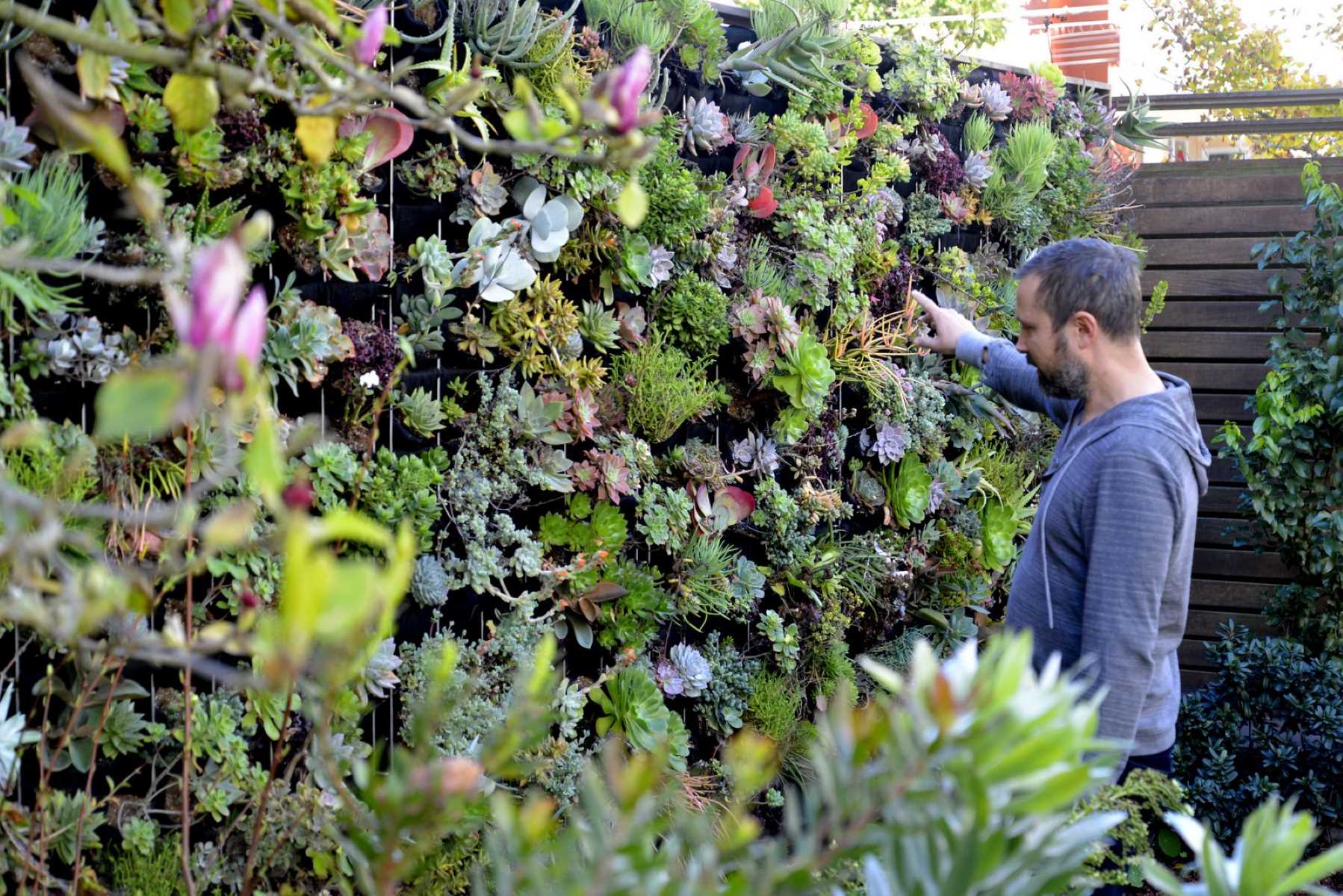
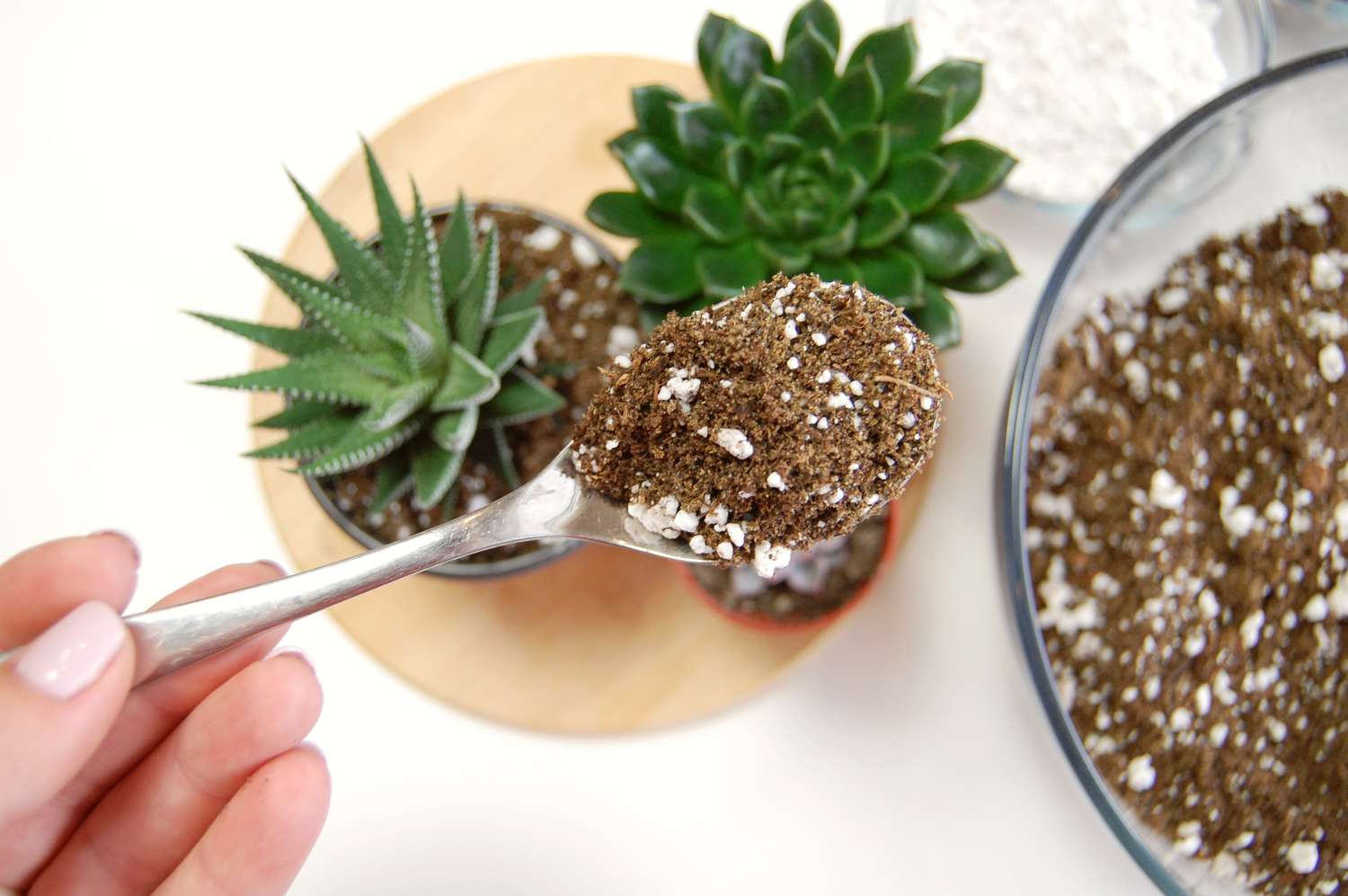
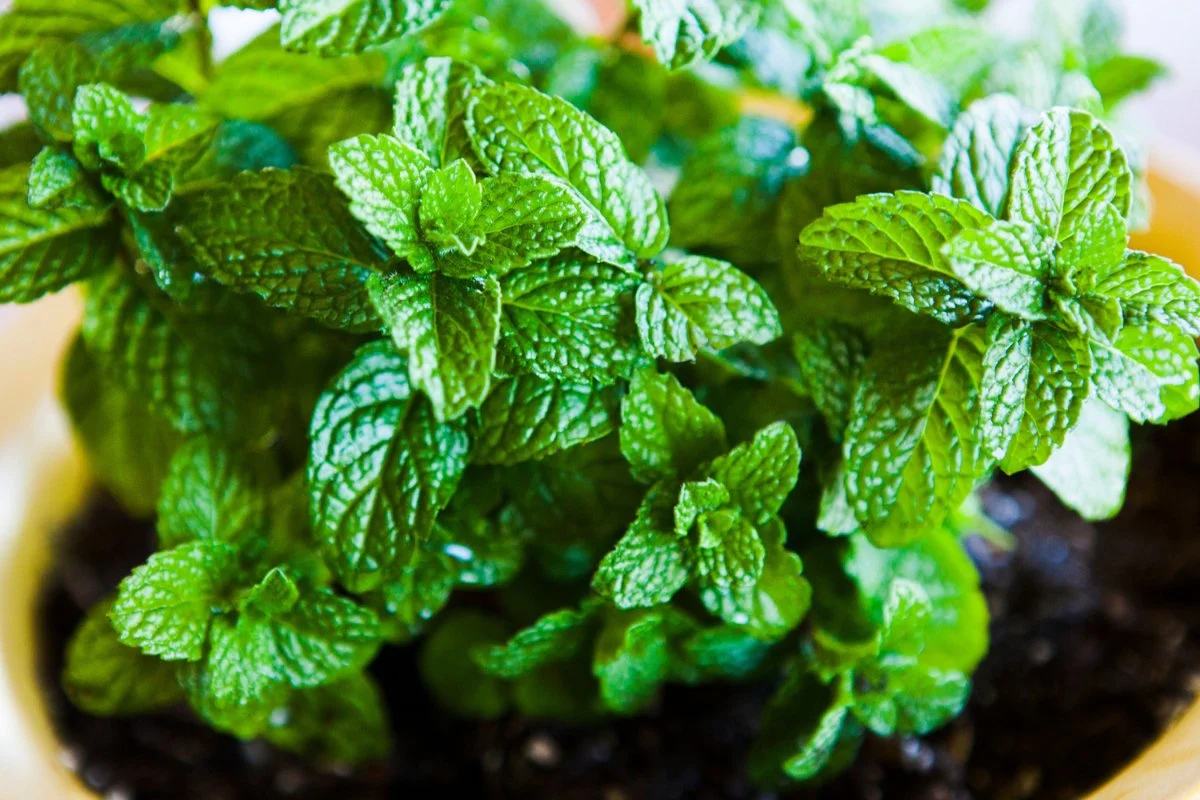
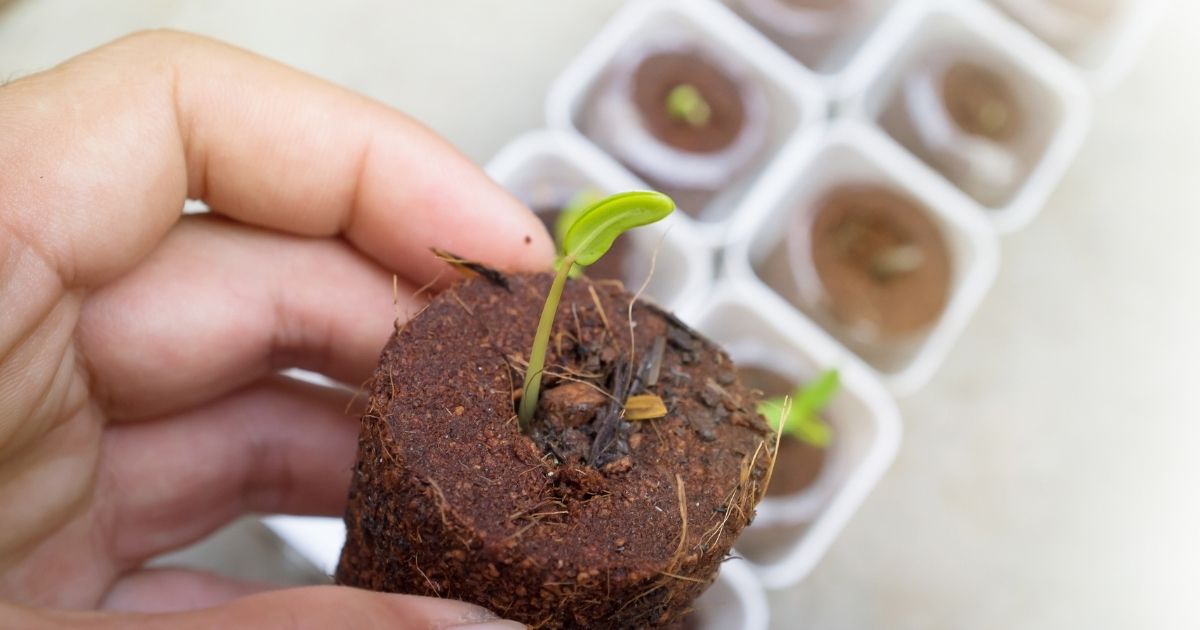
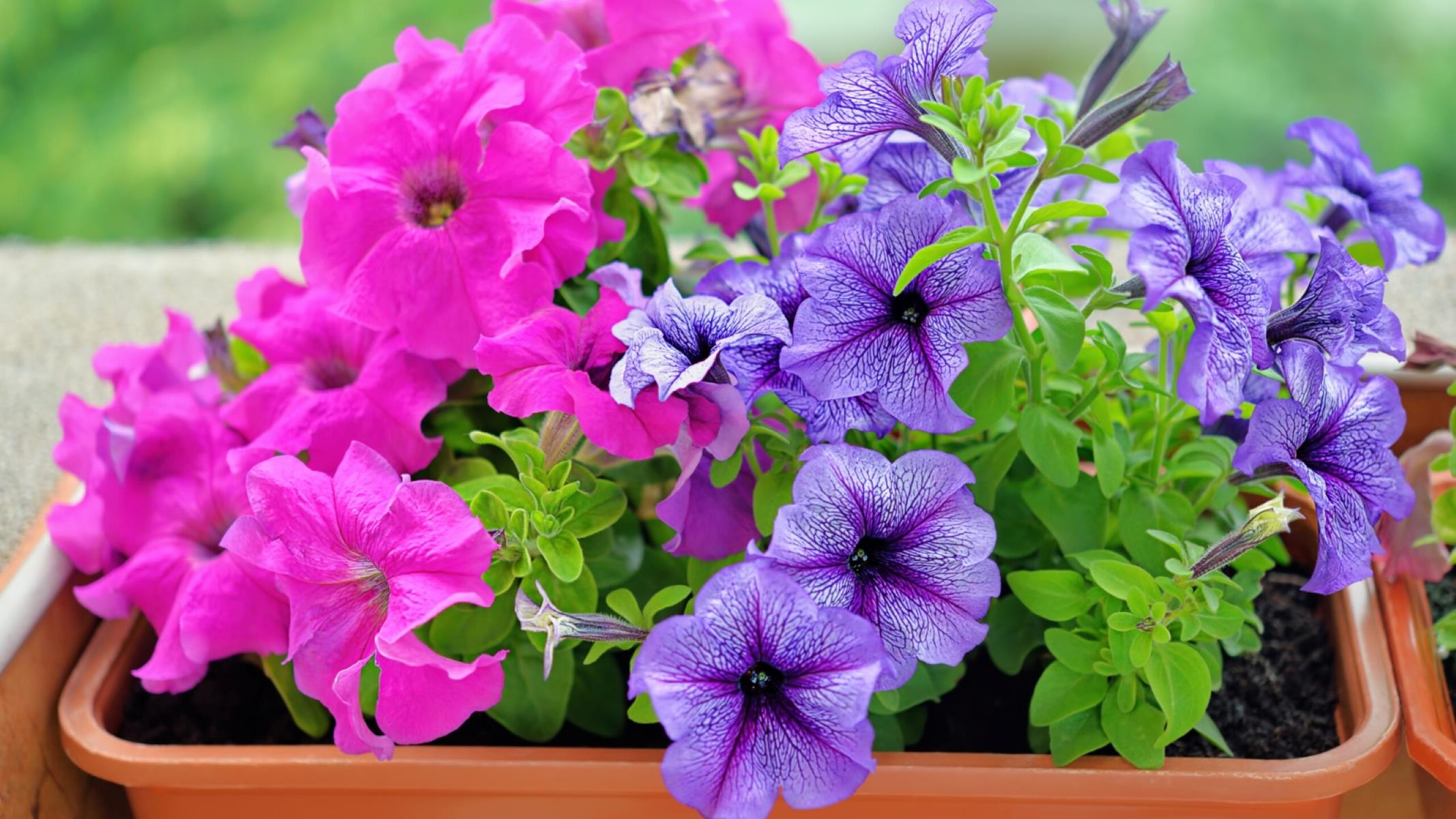
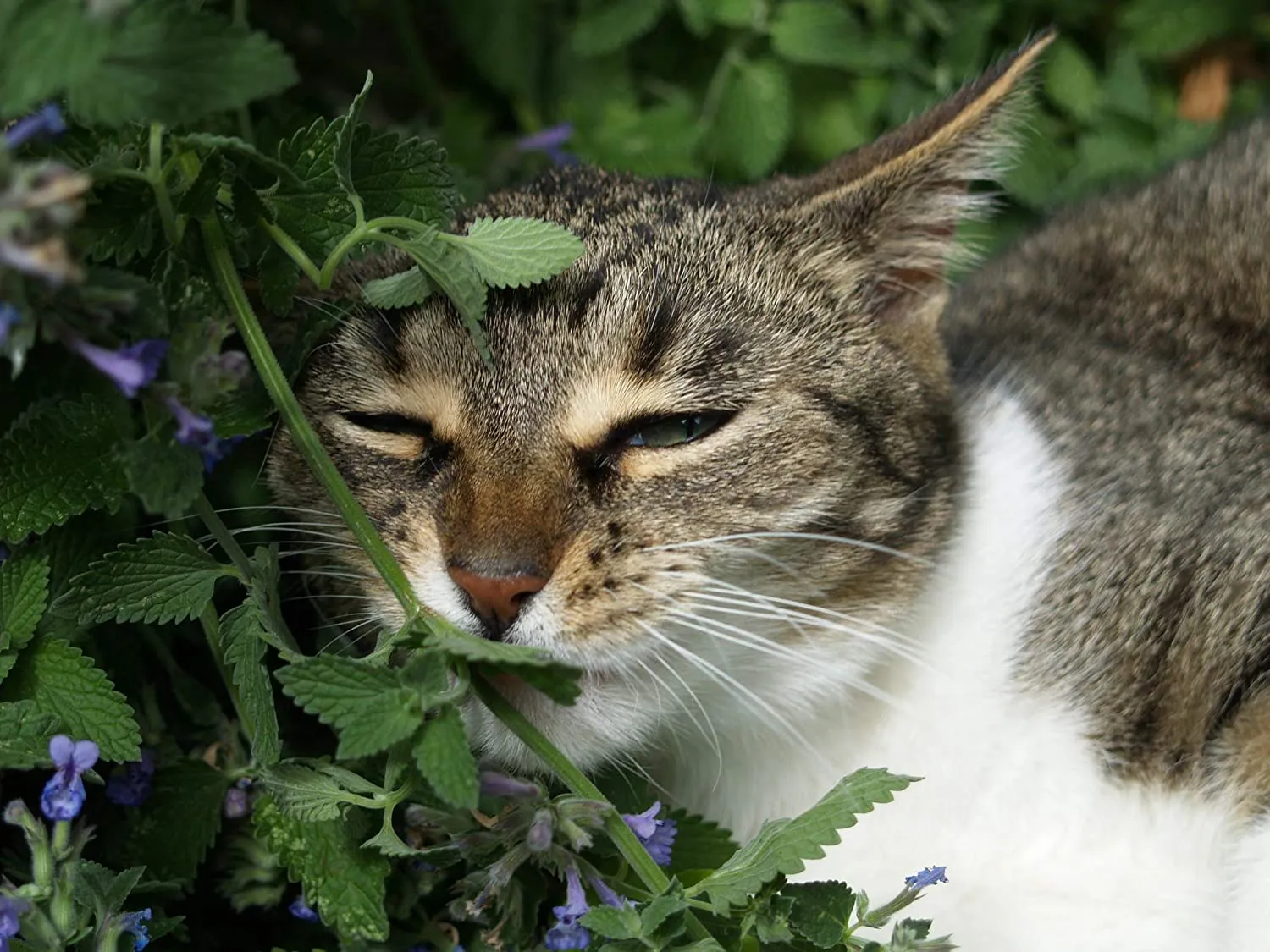
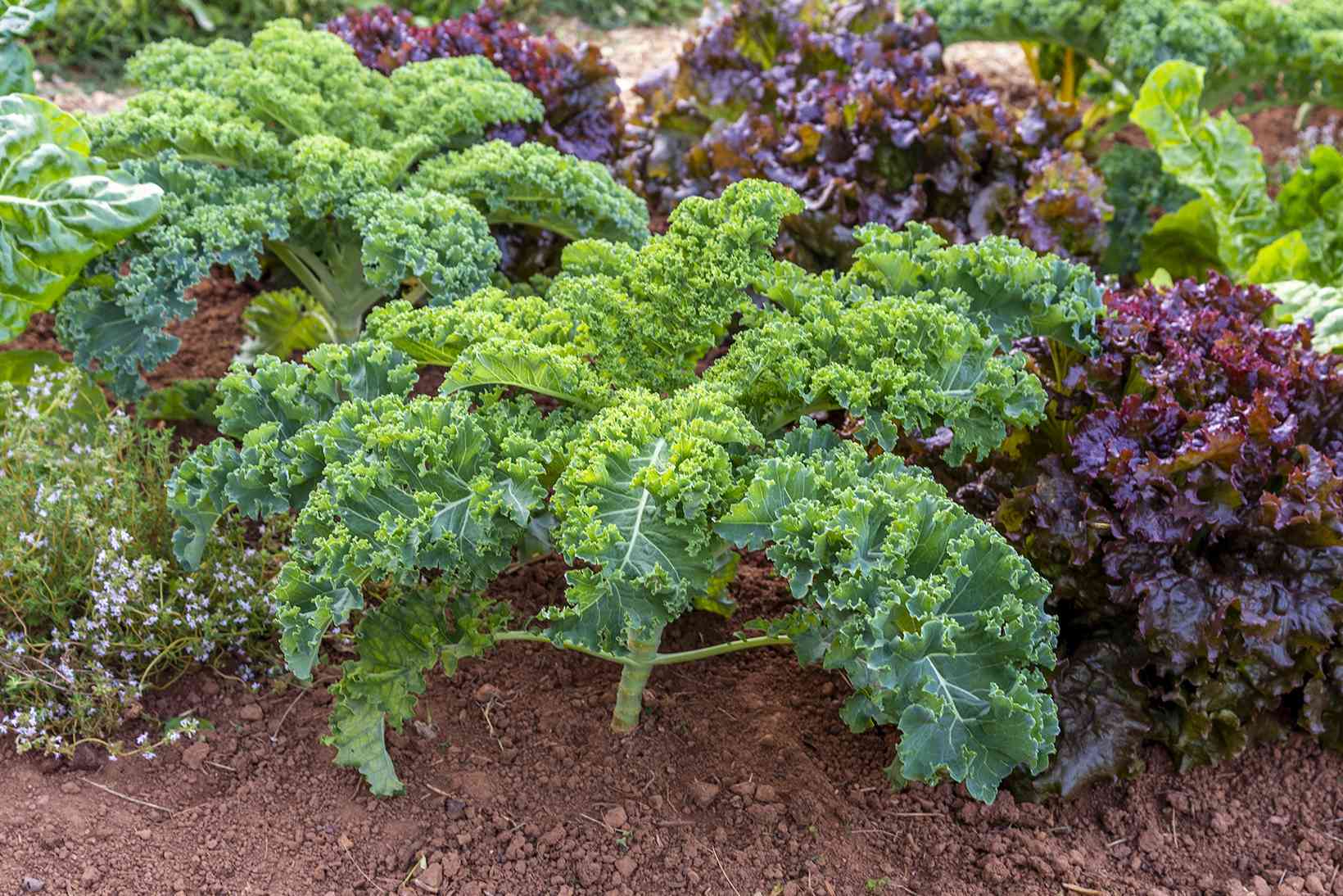
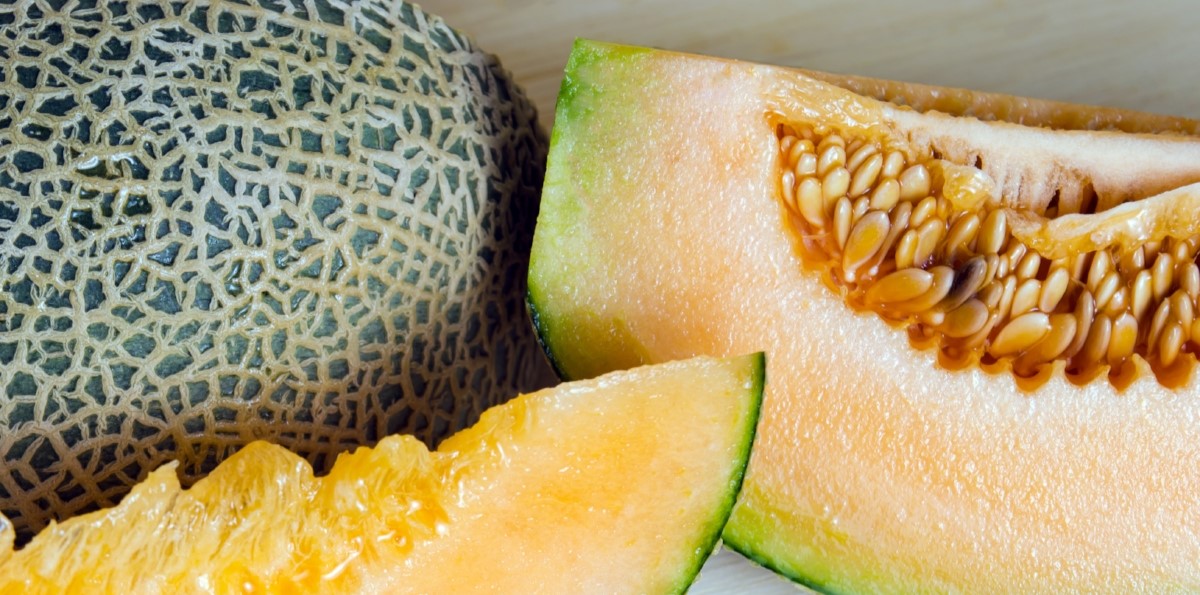
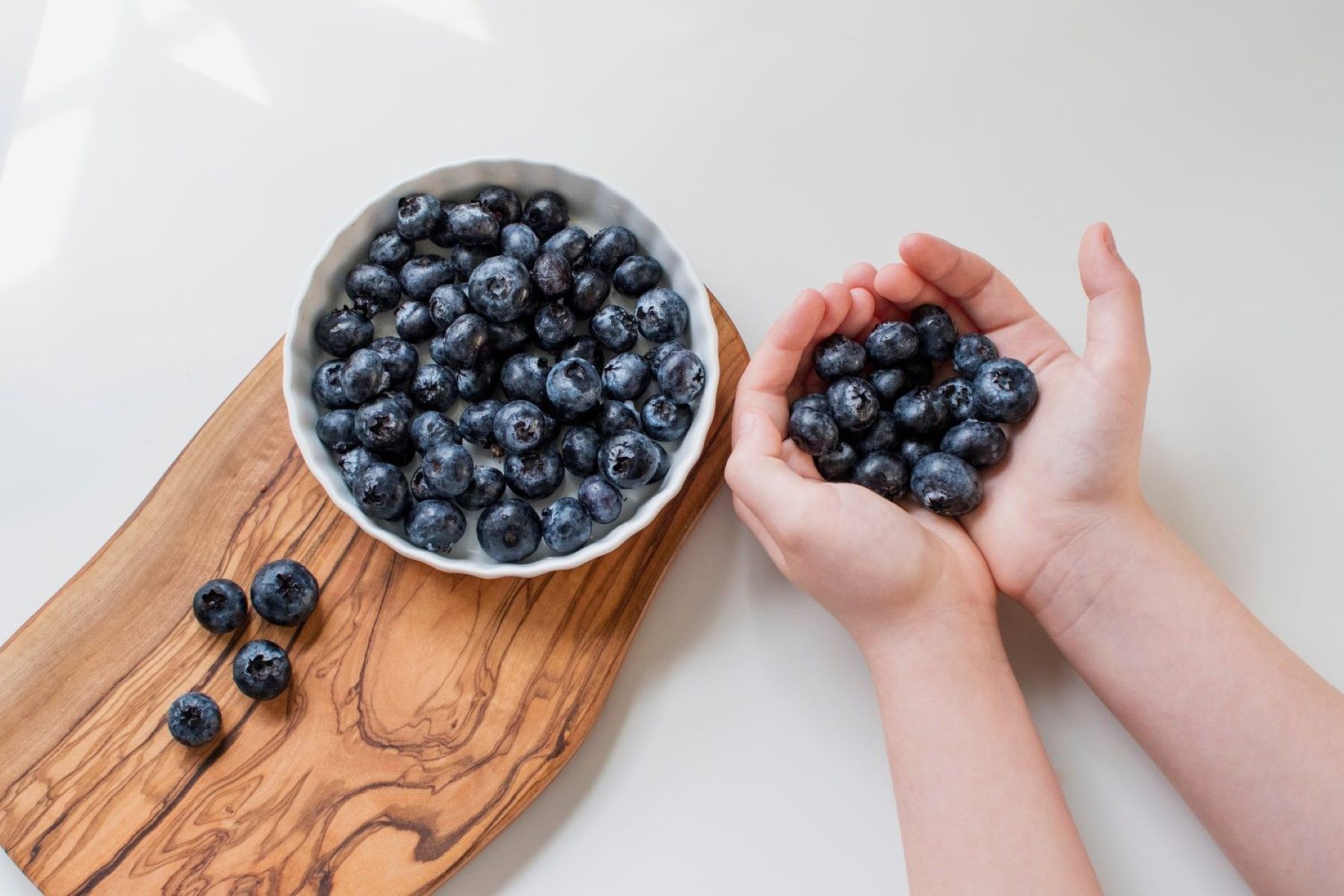
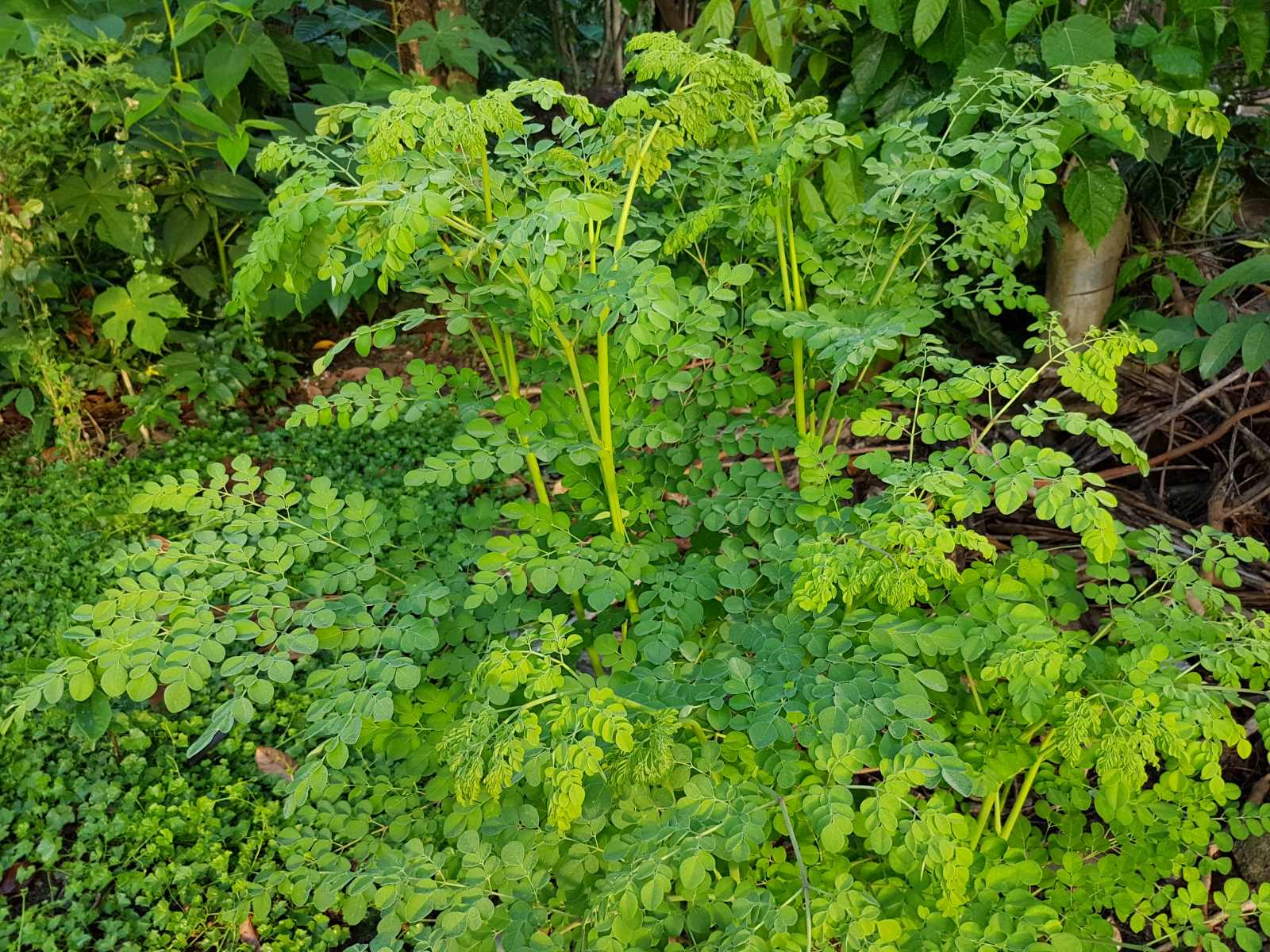
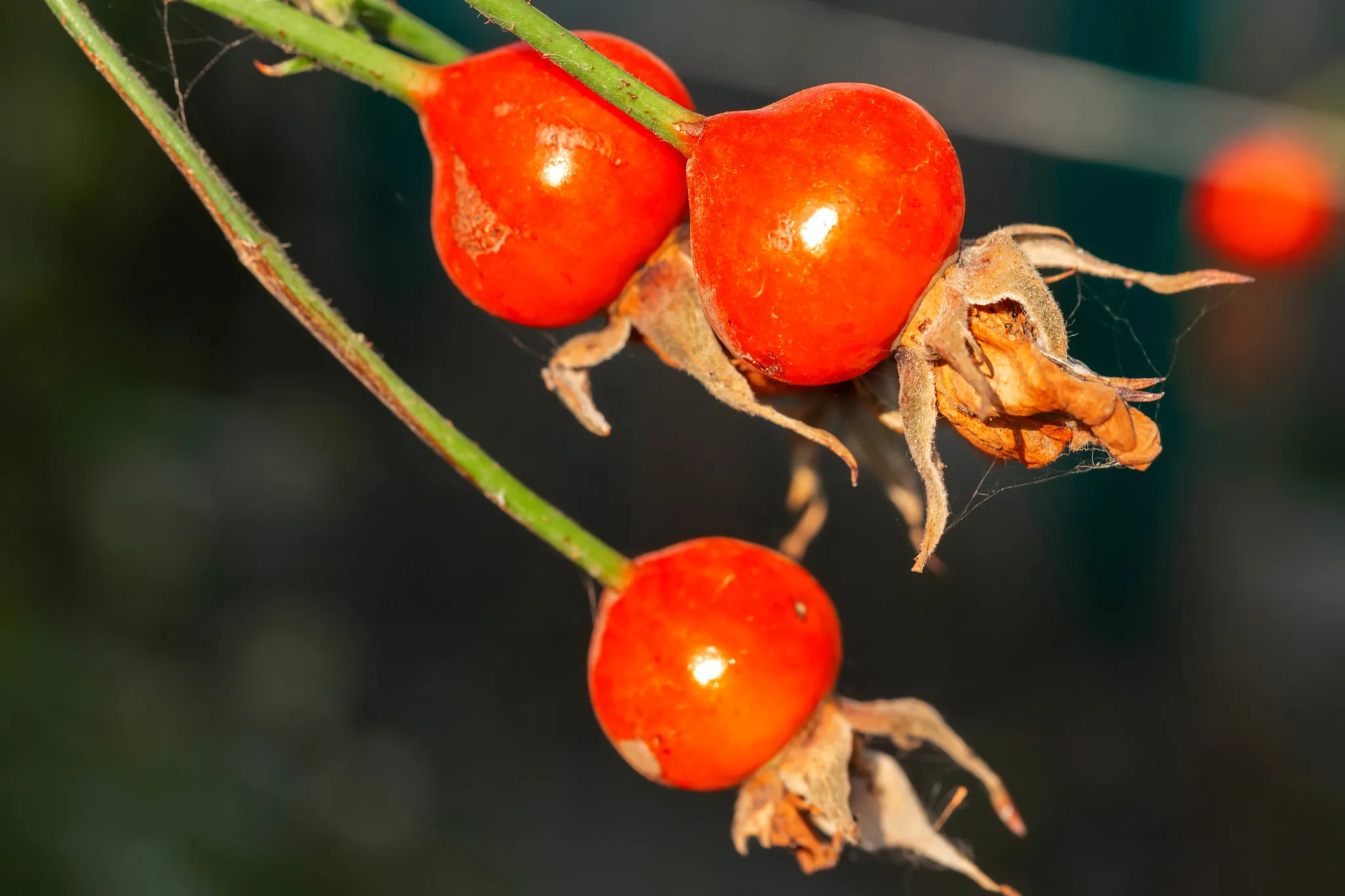
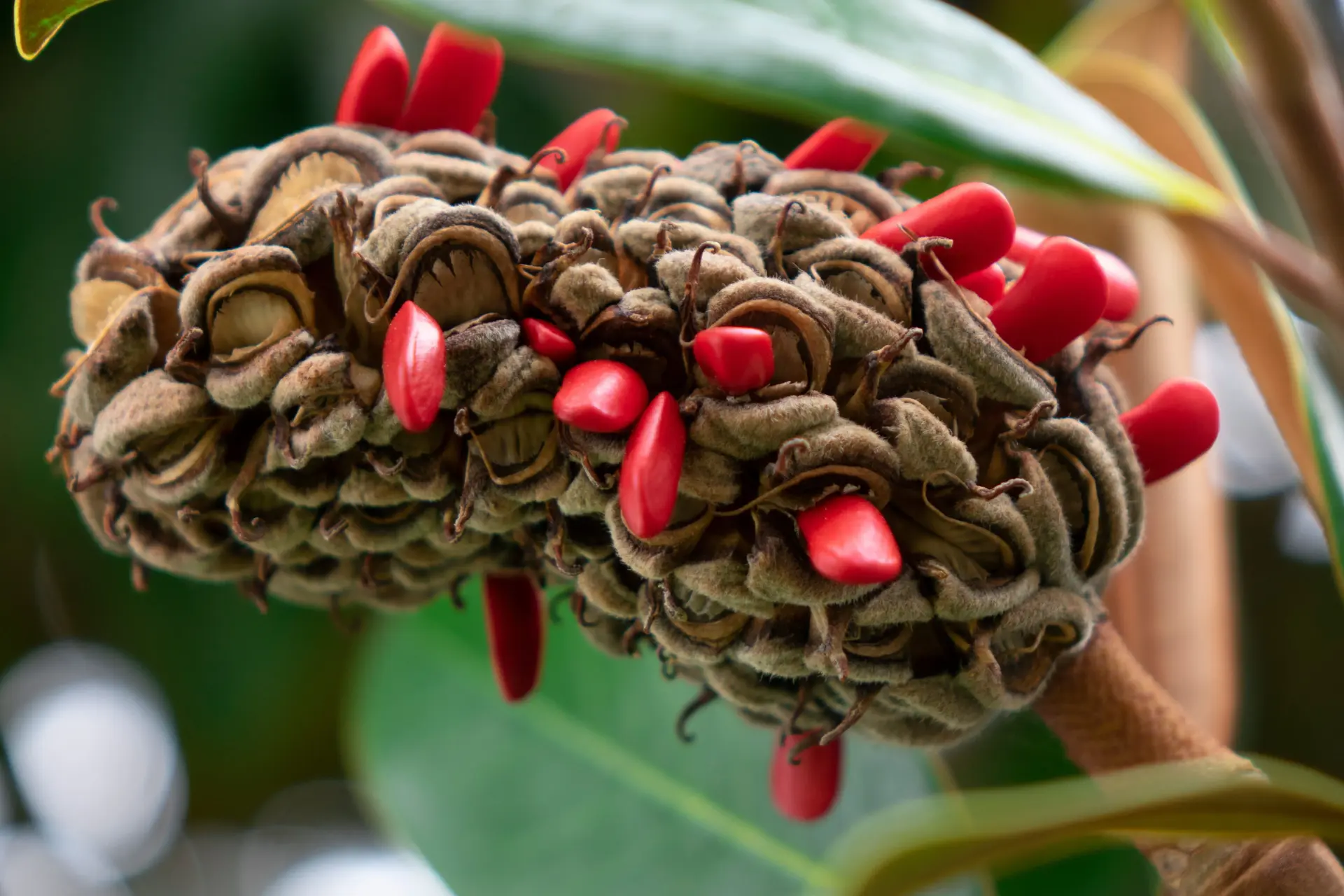
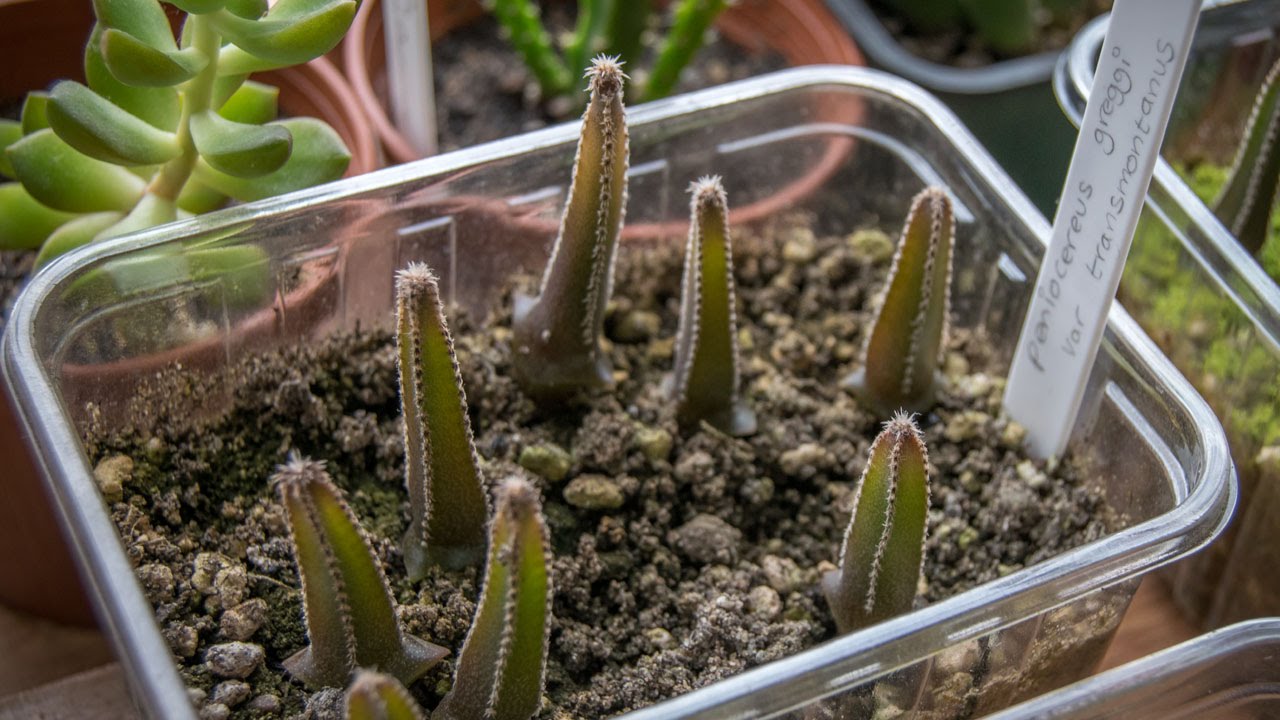
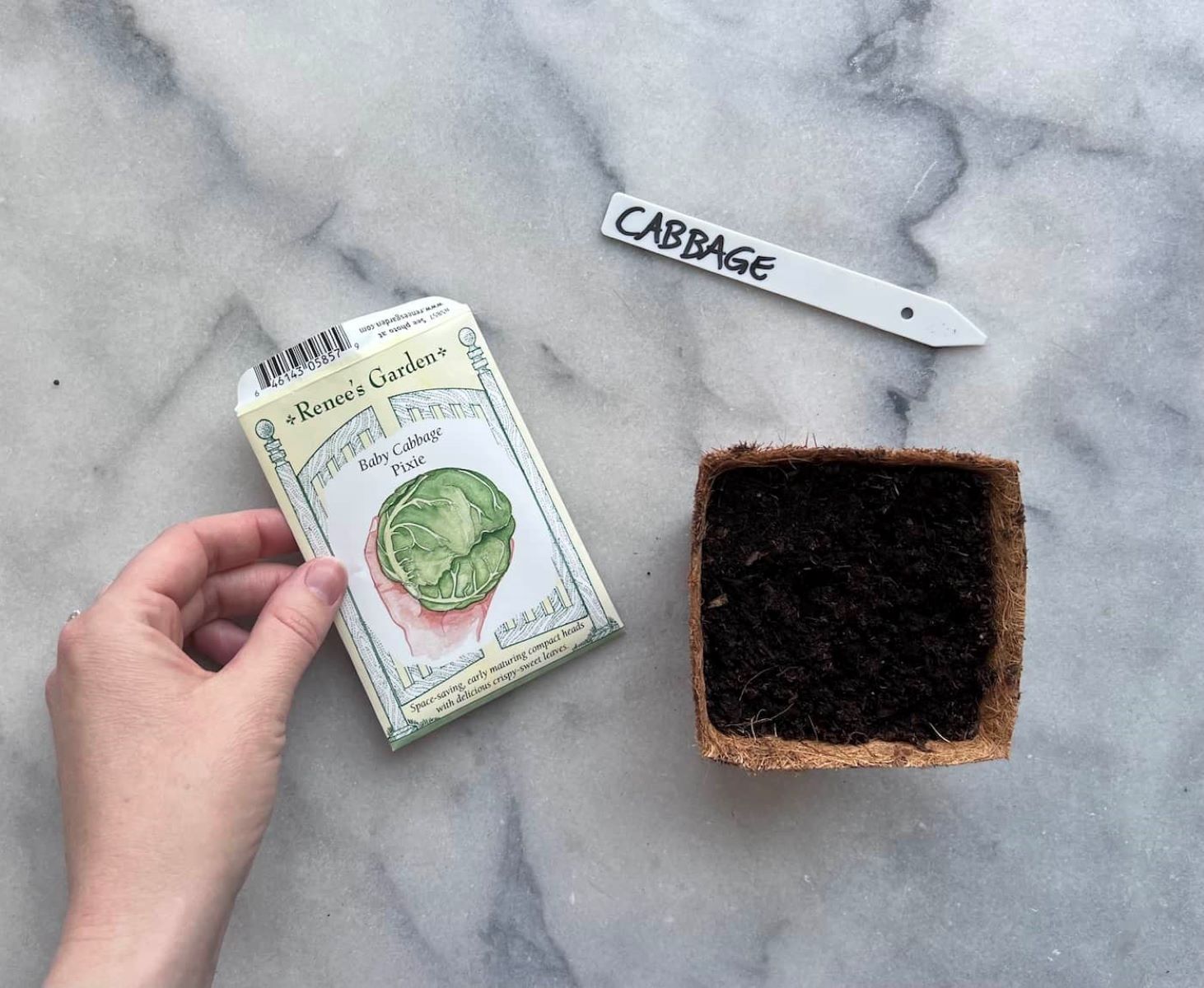

0 thoughts on “How To Start Succulent Seeds”